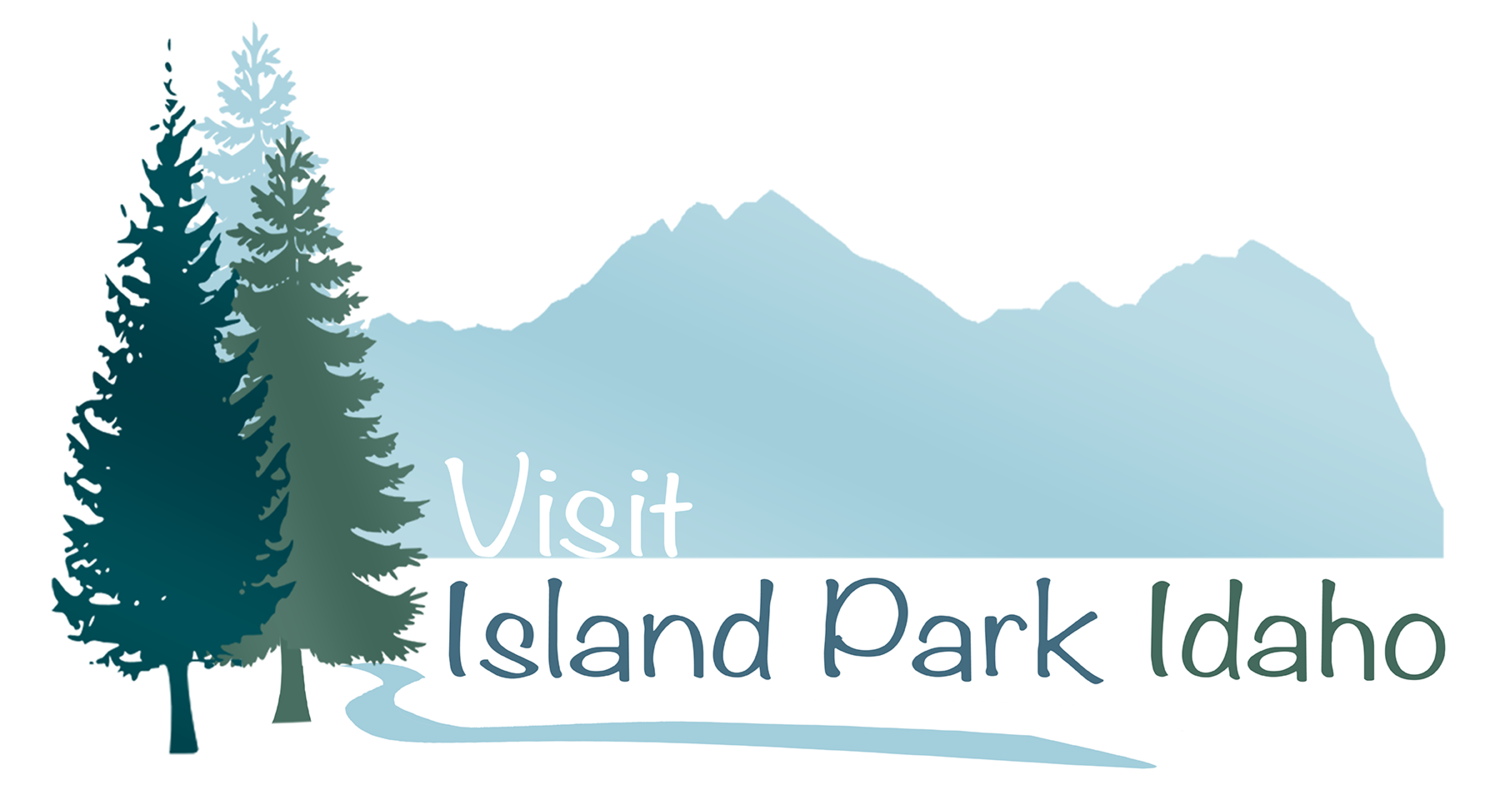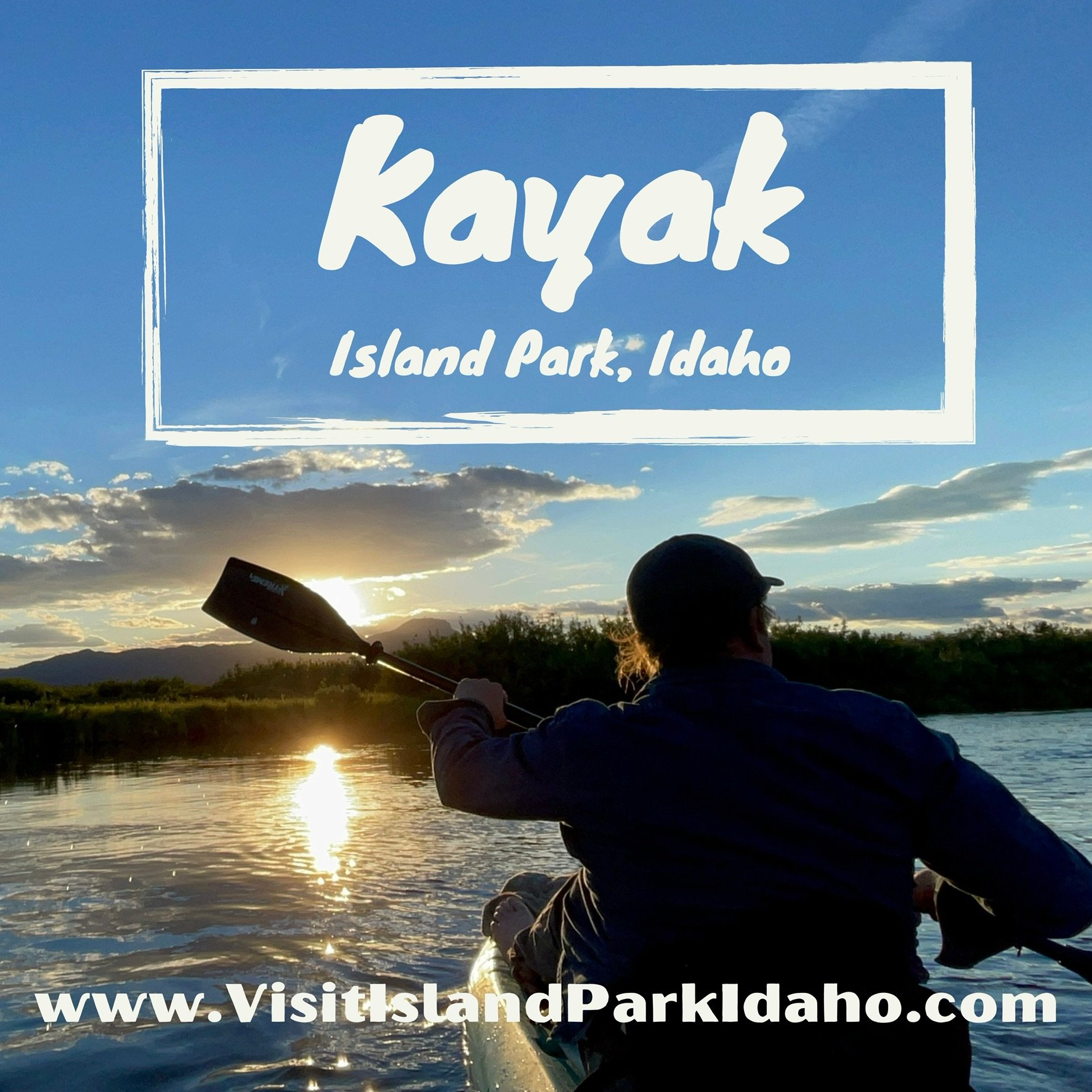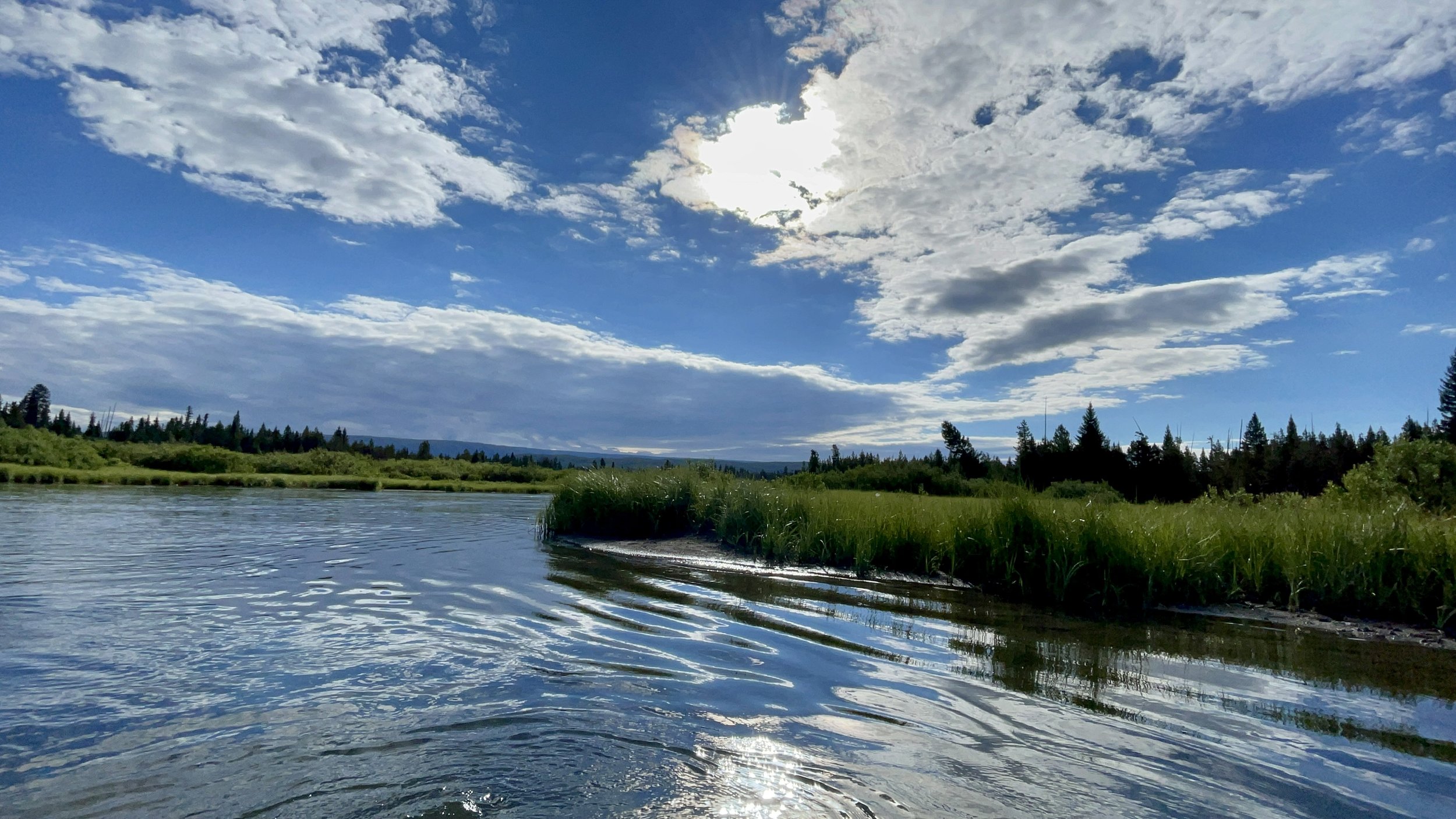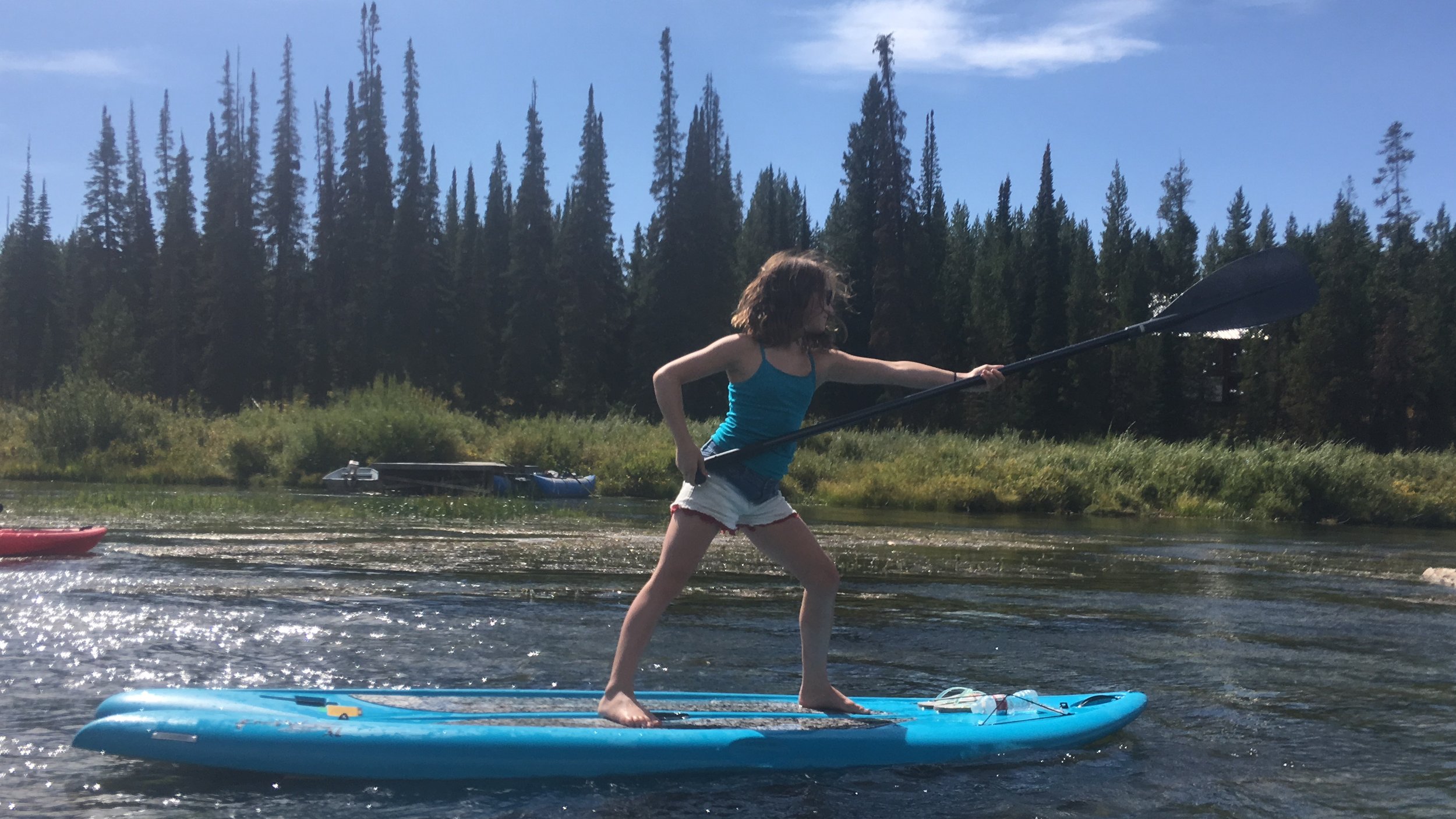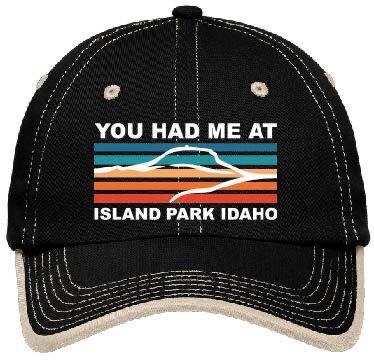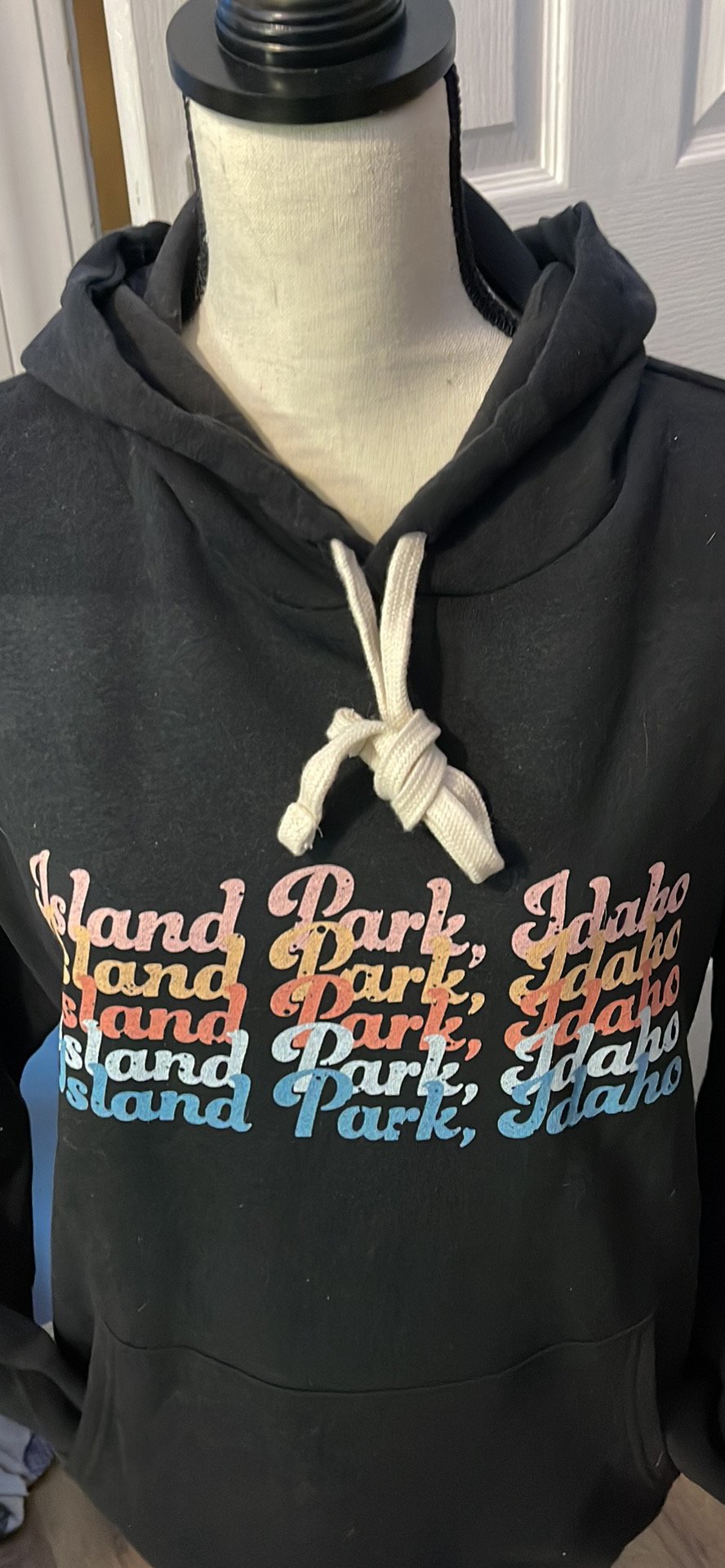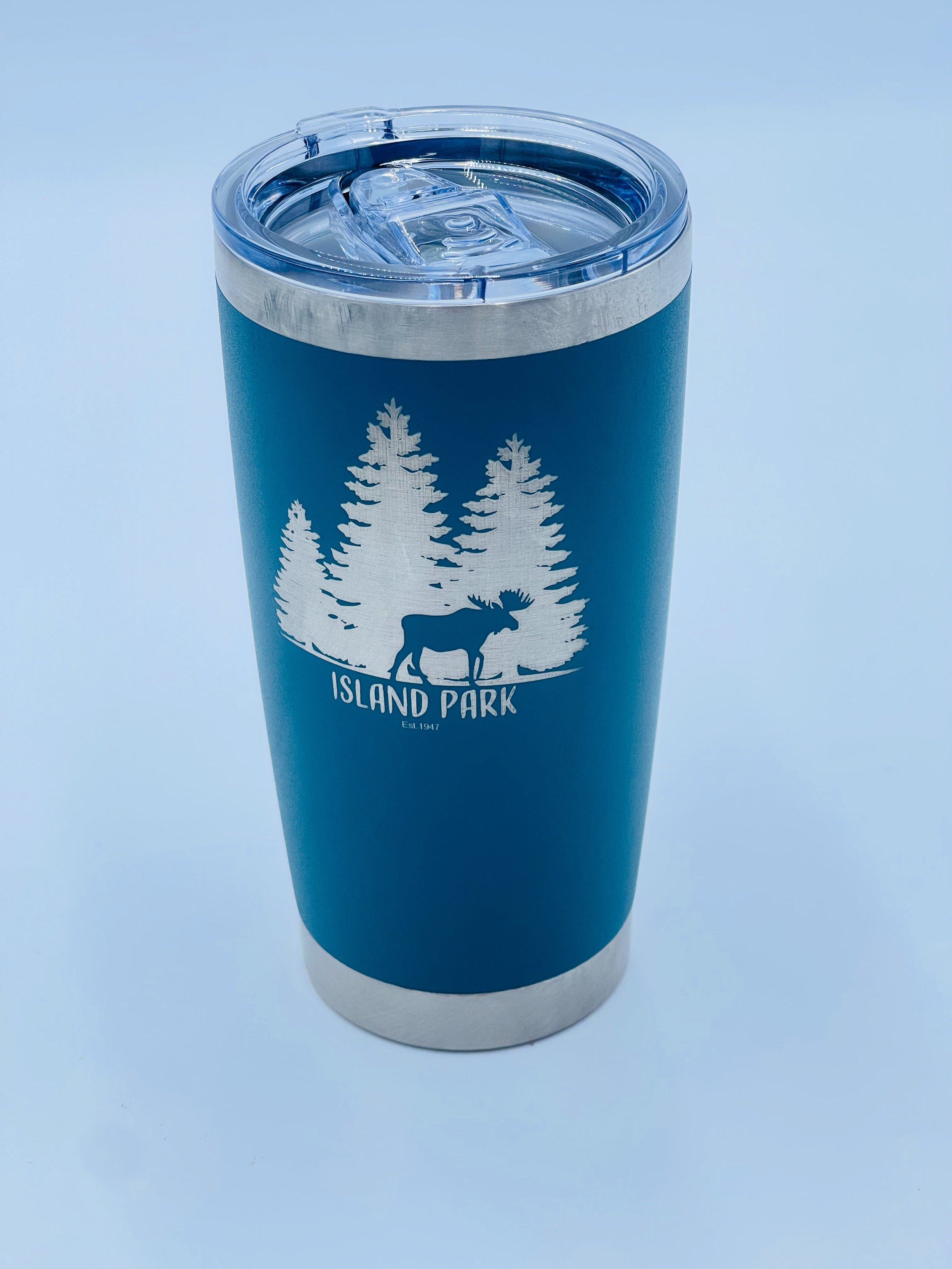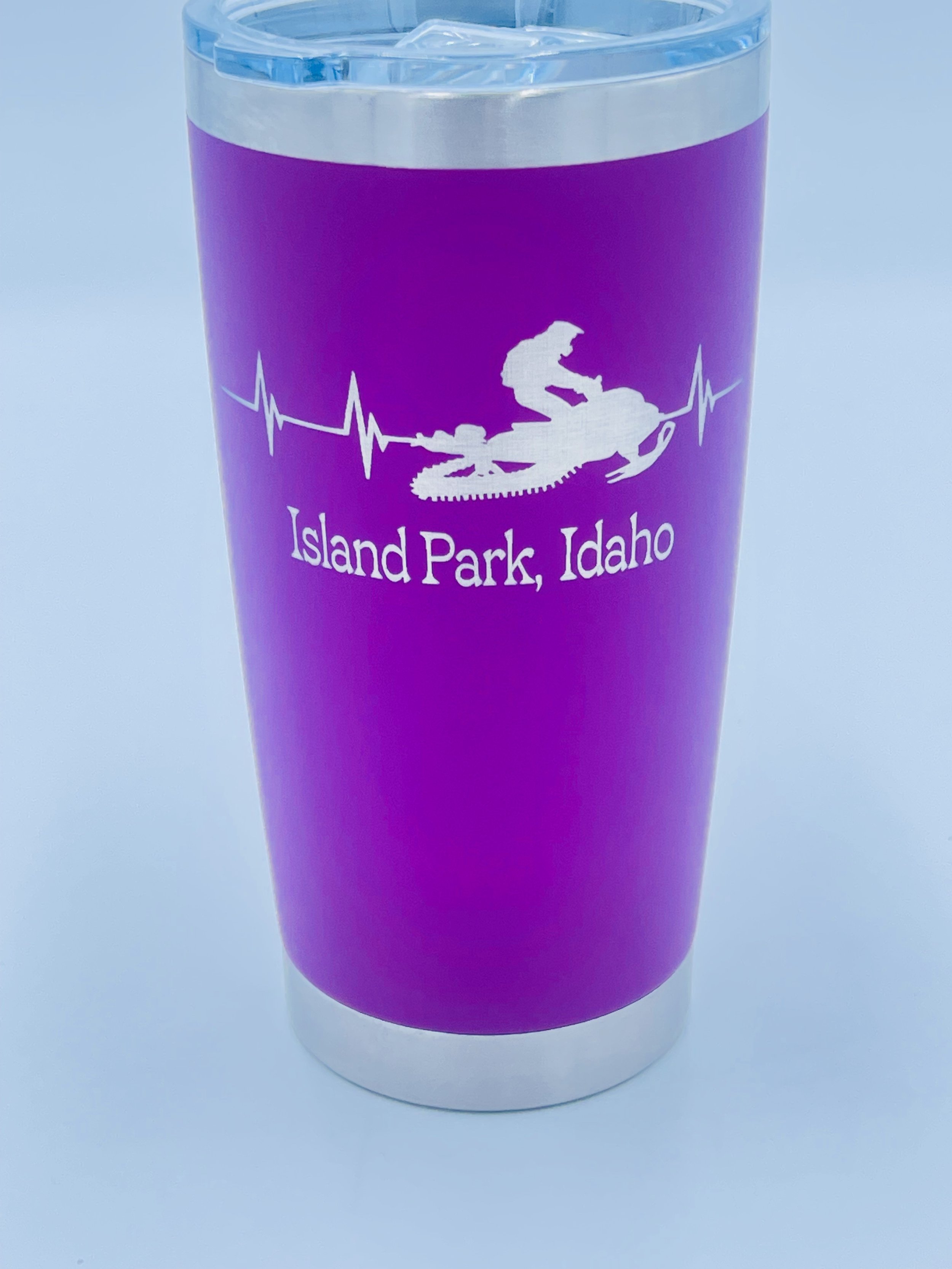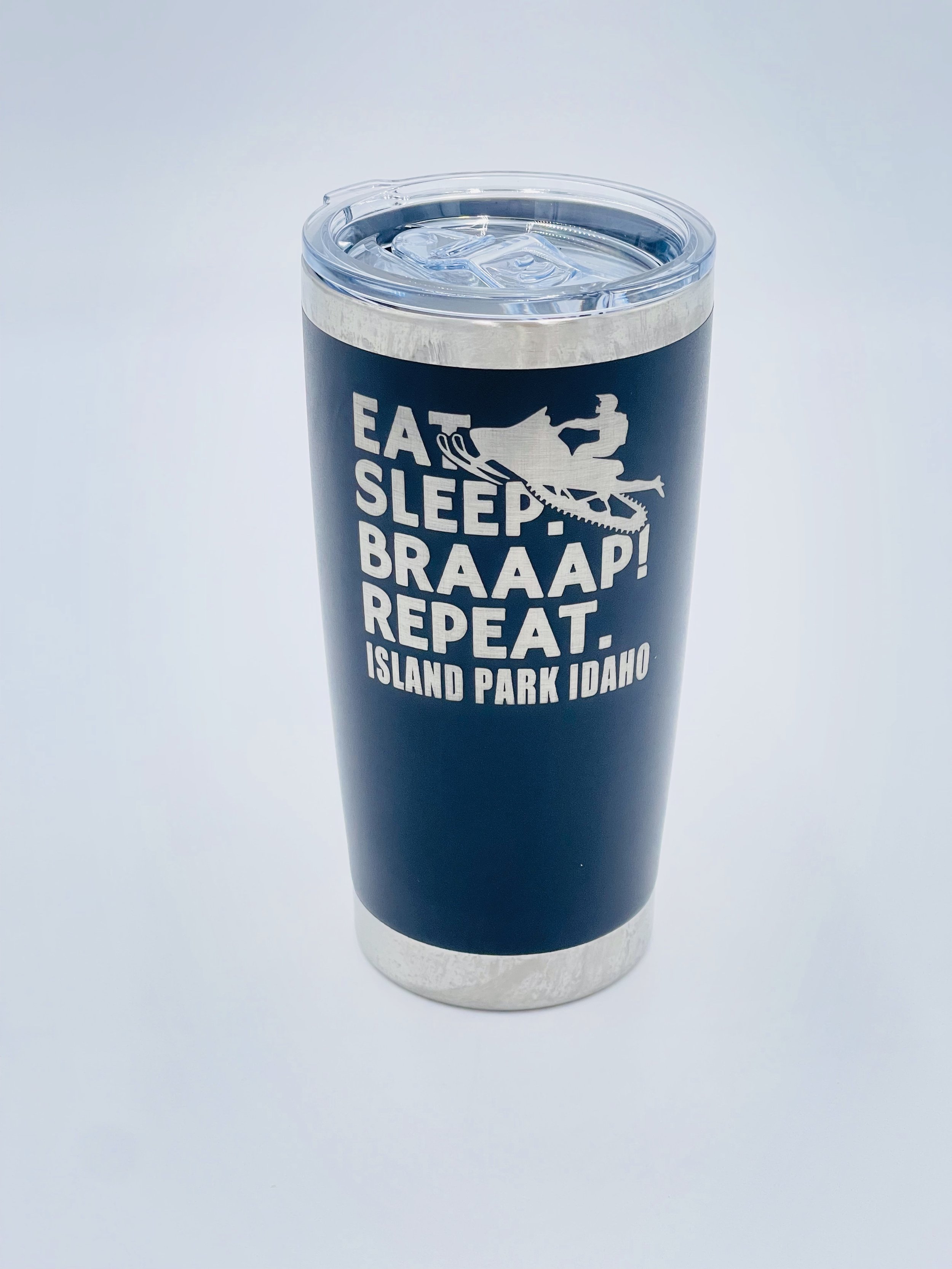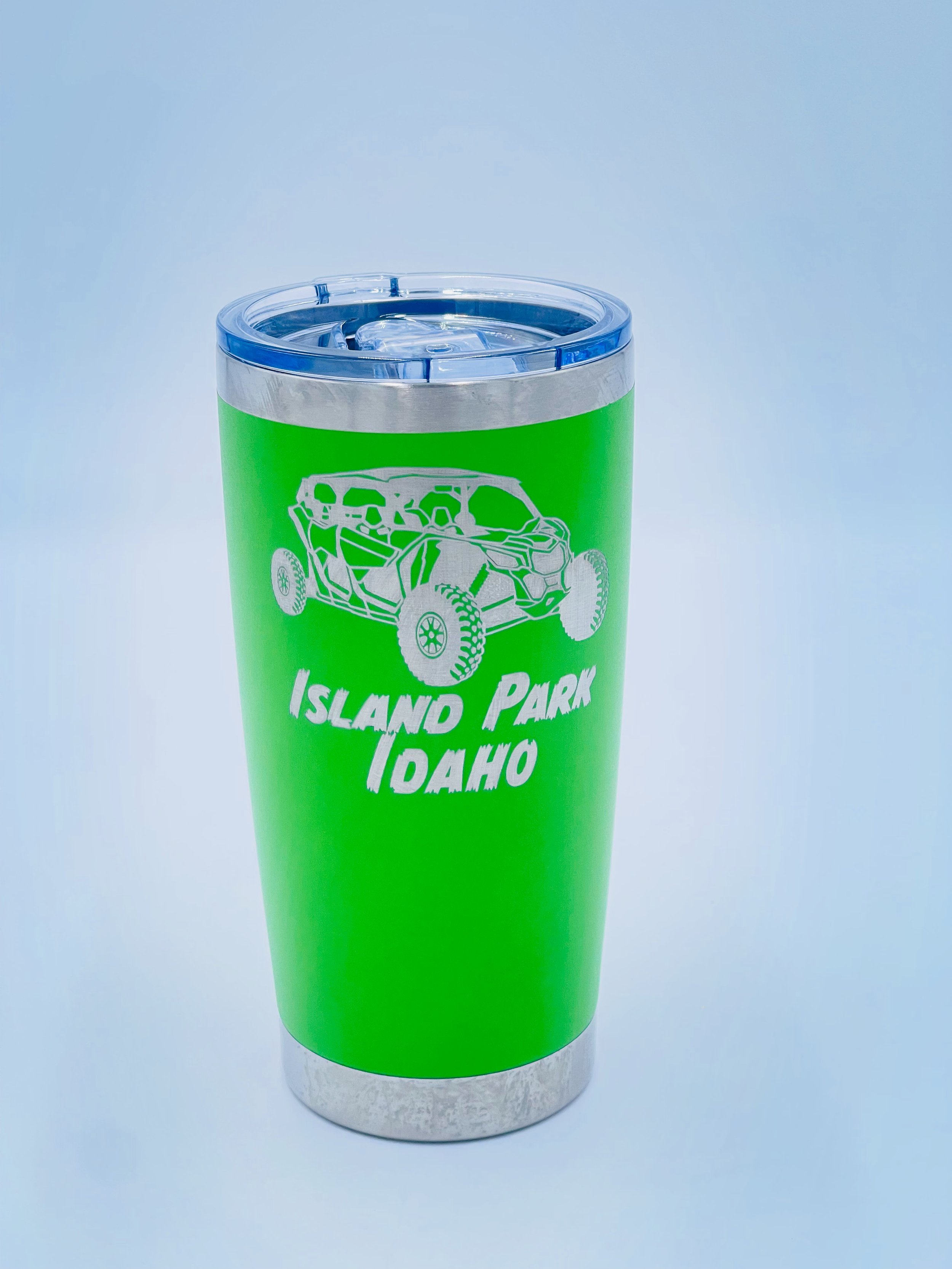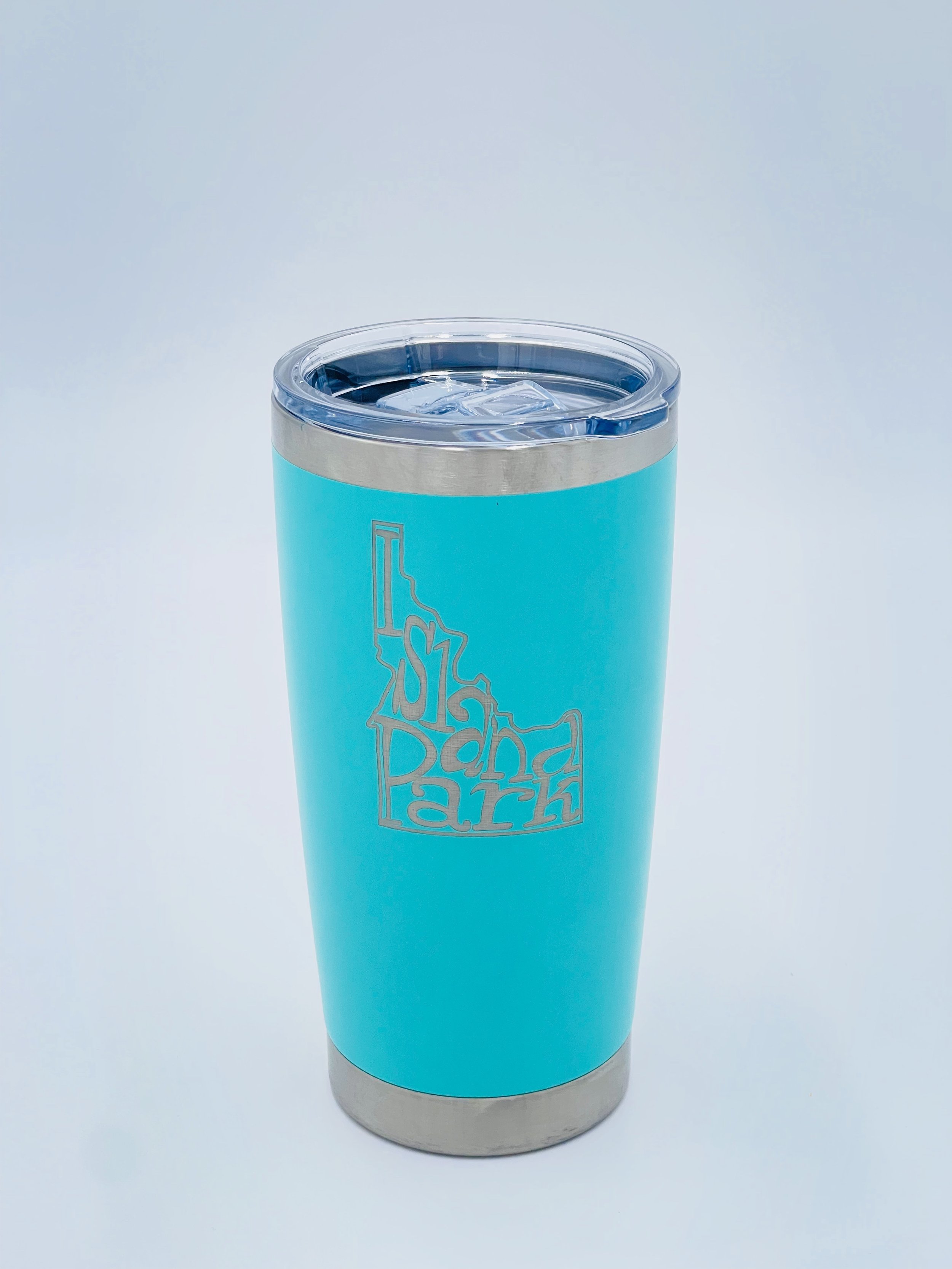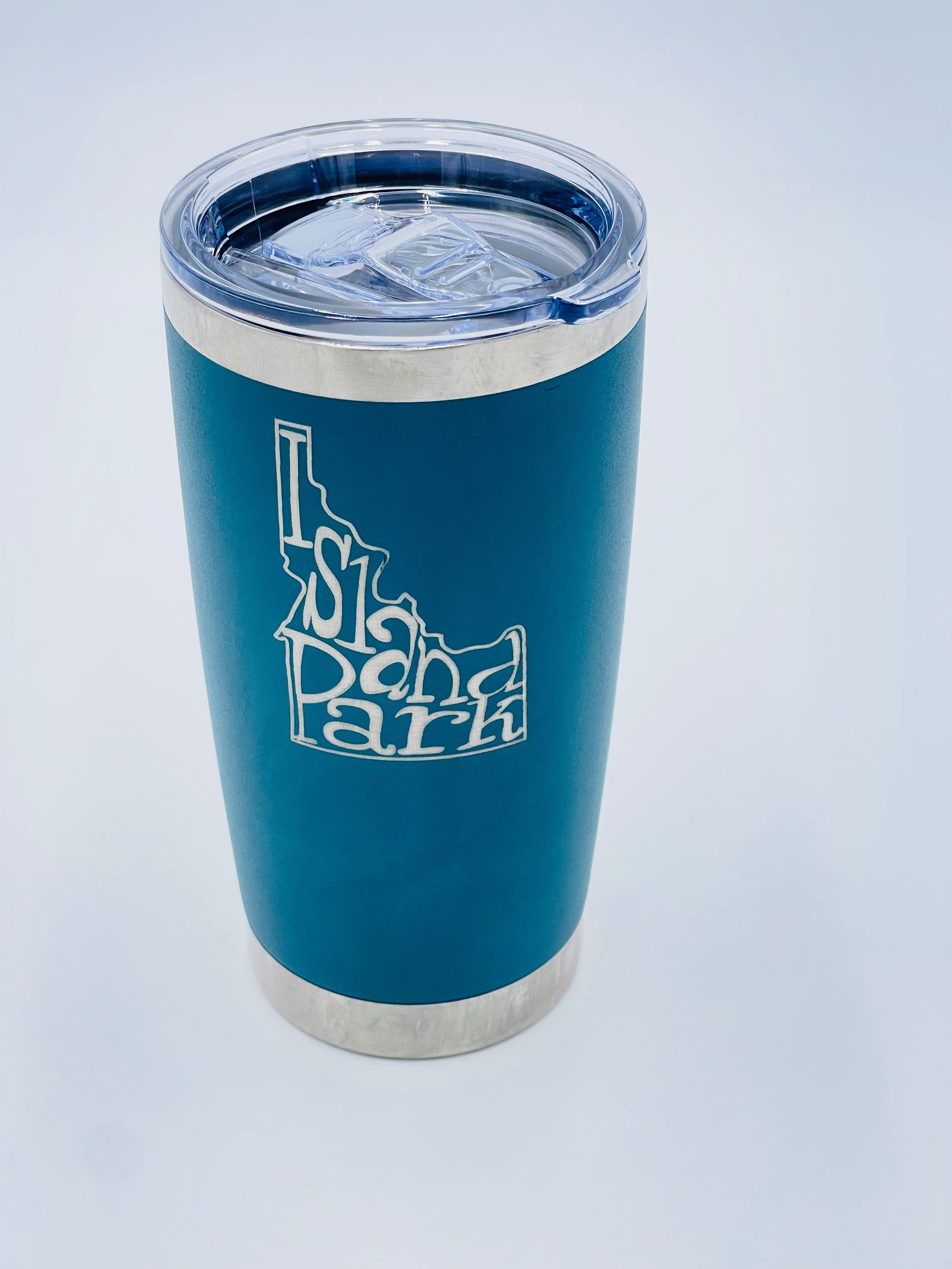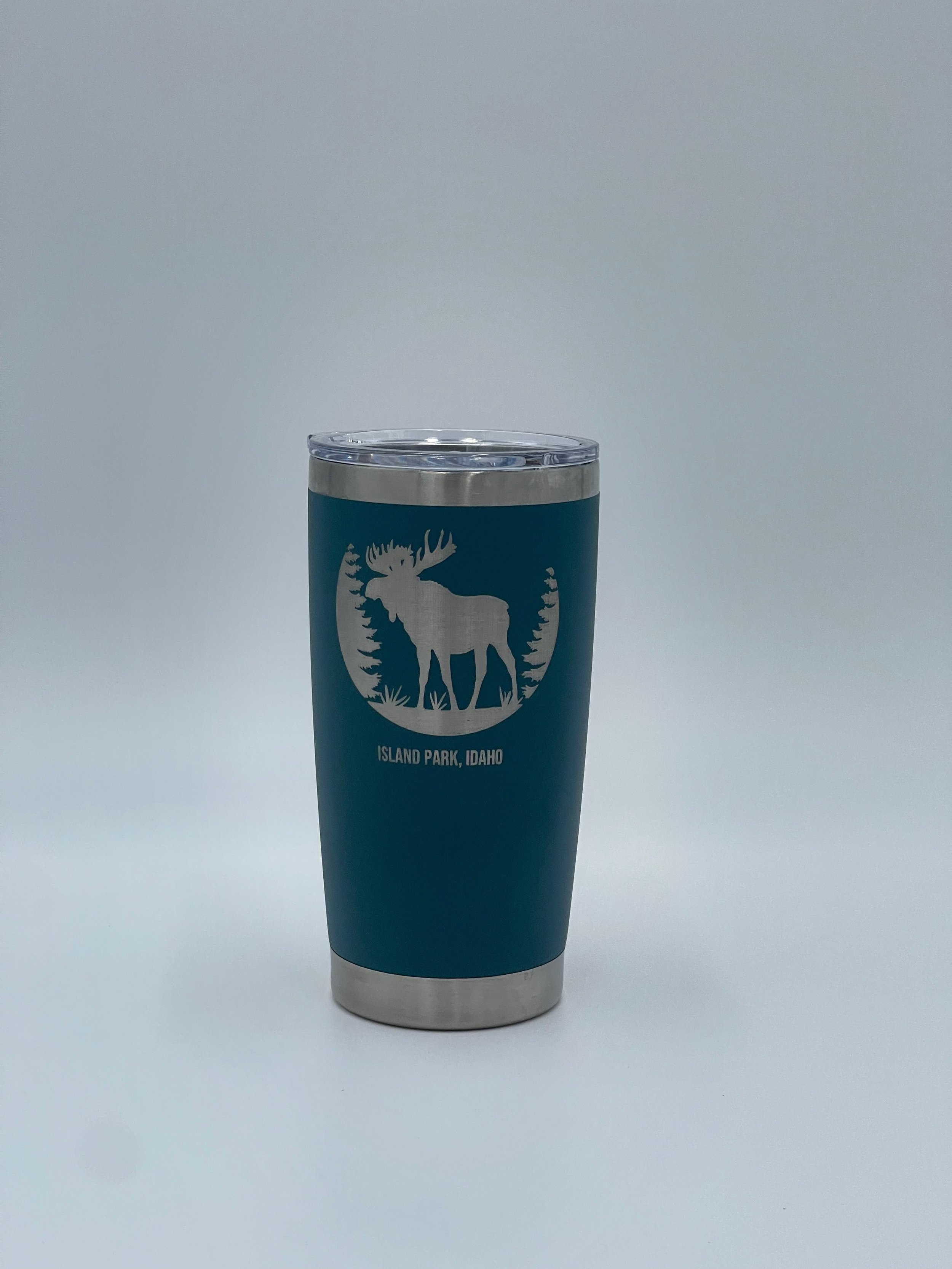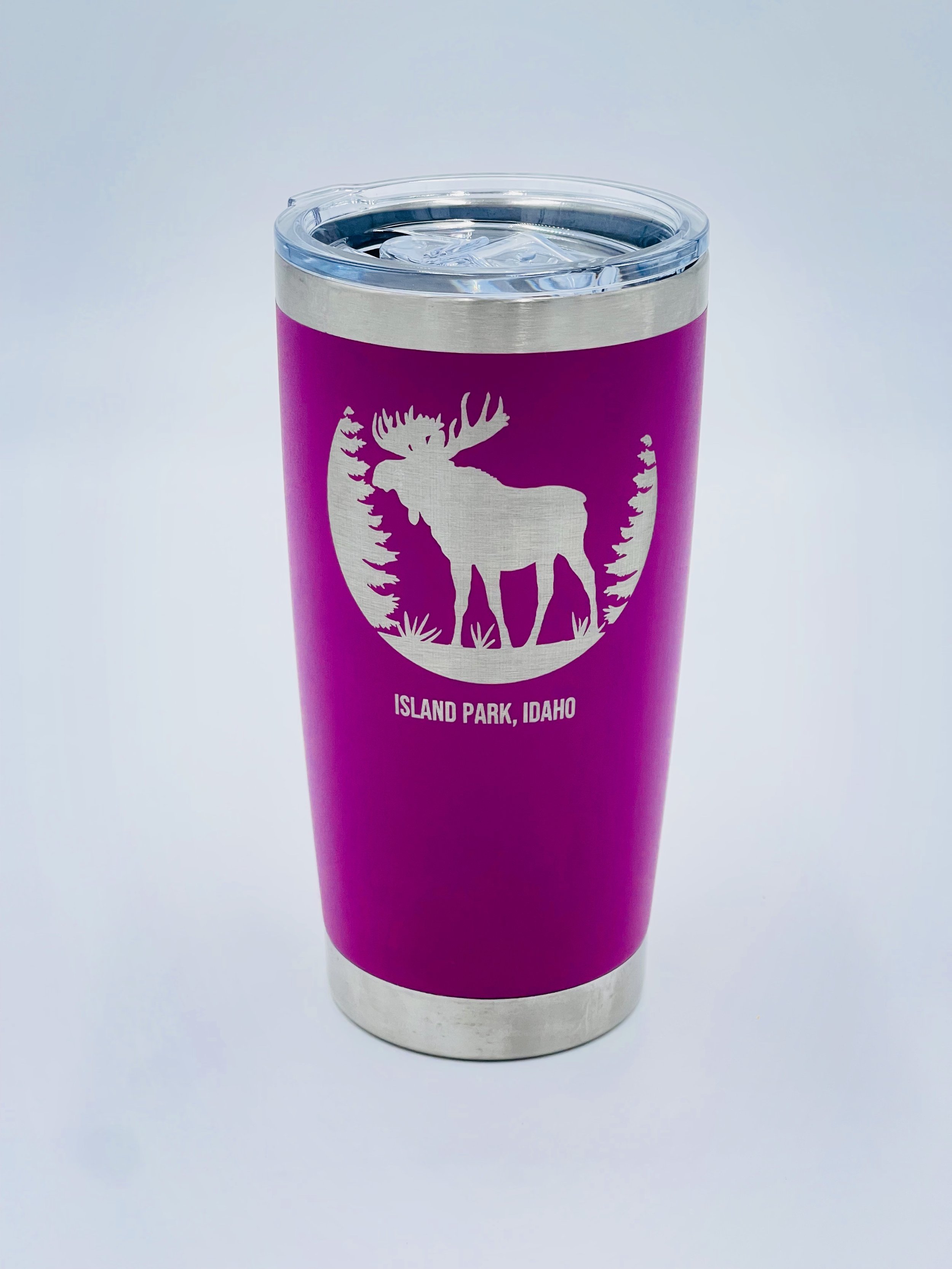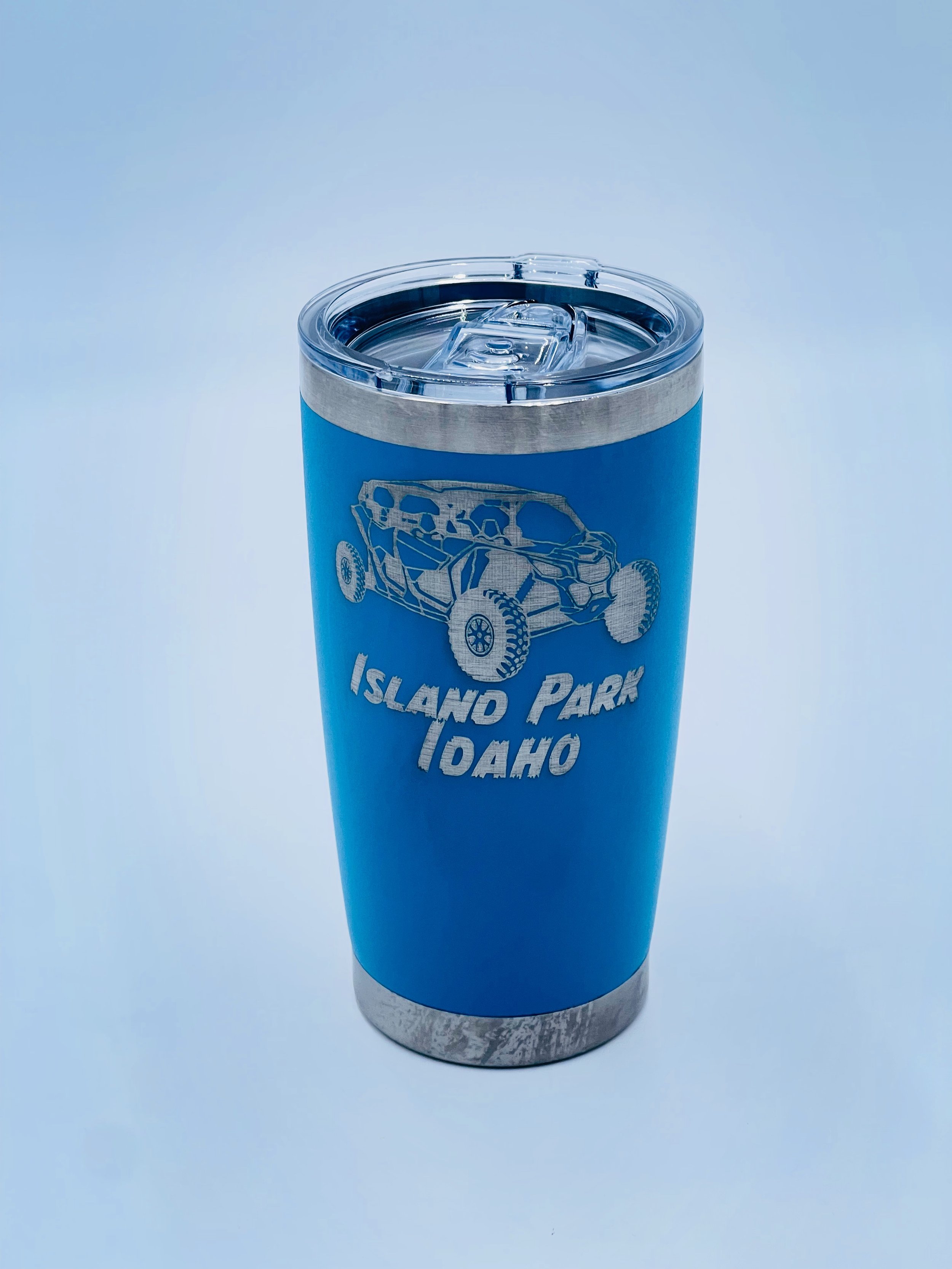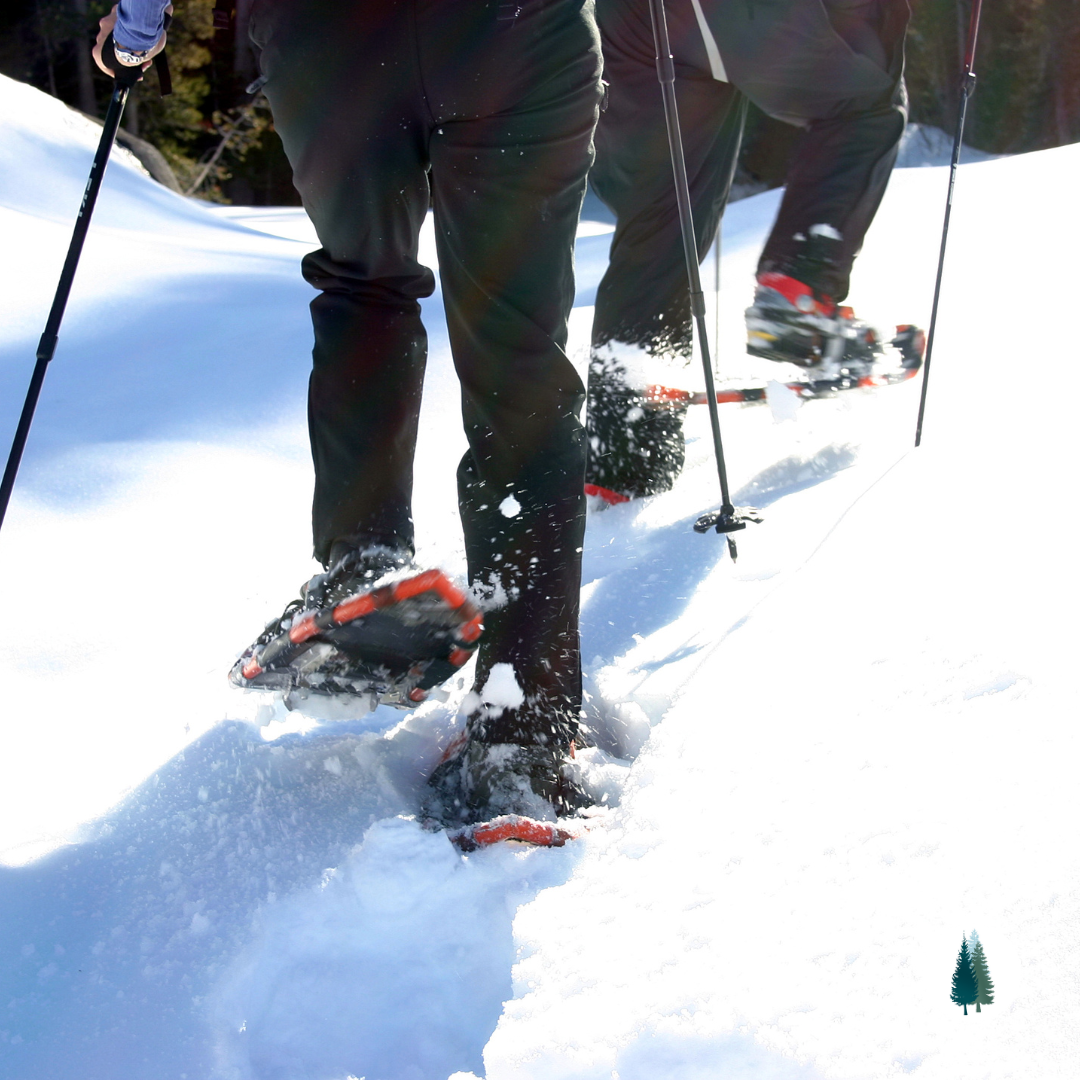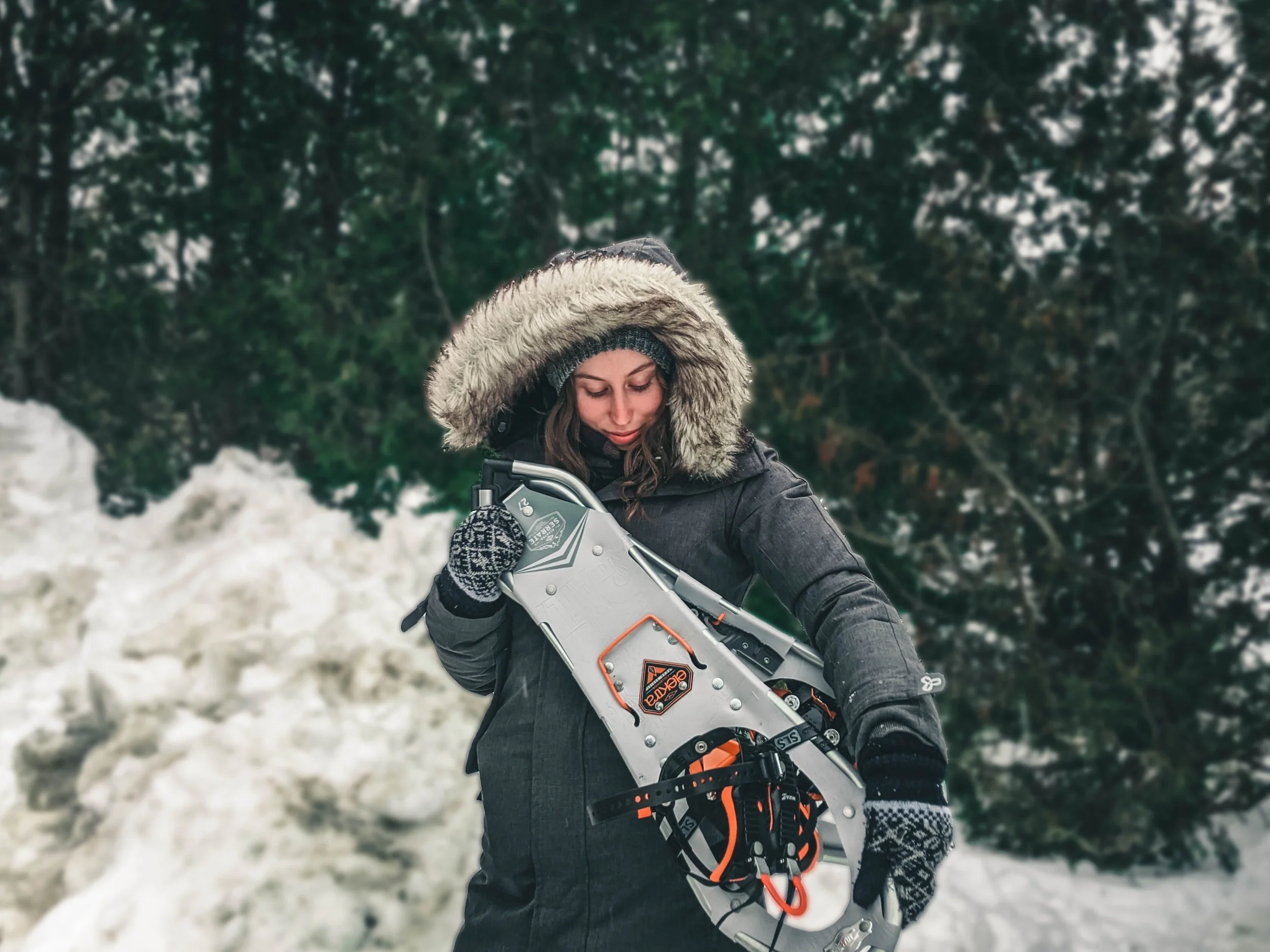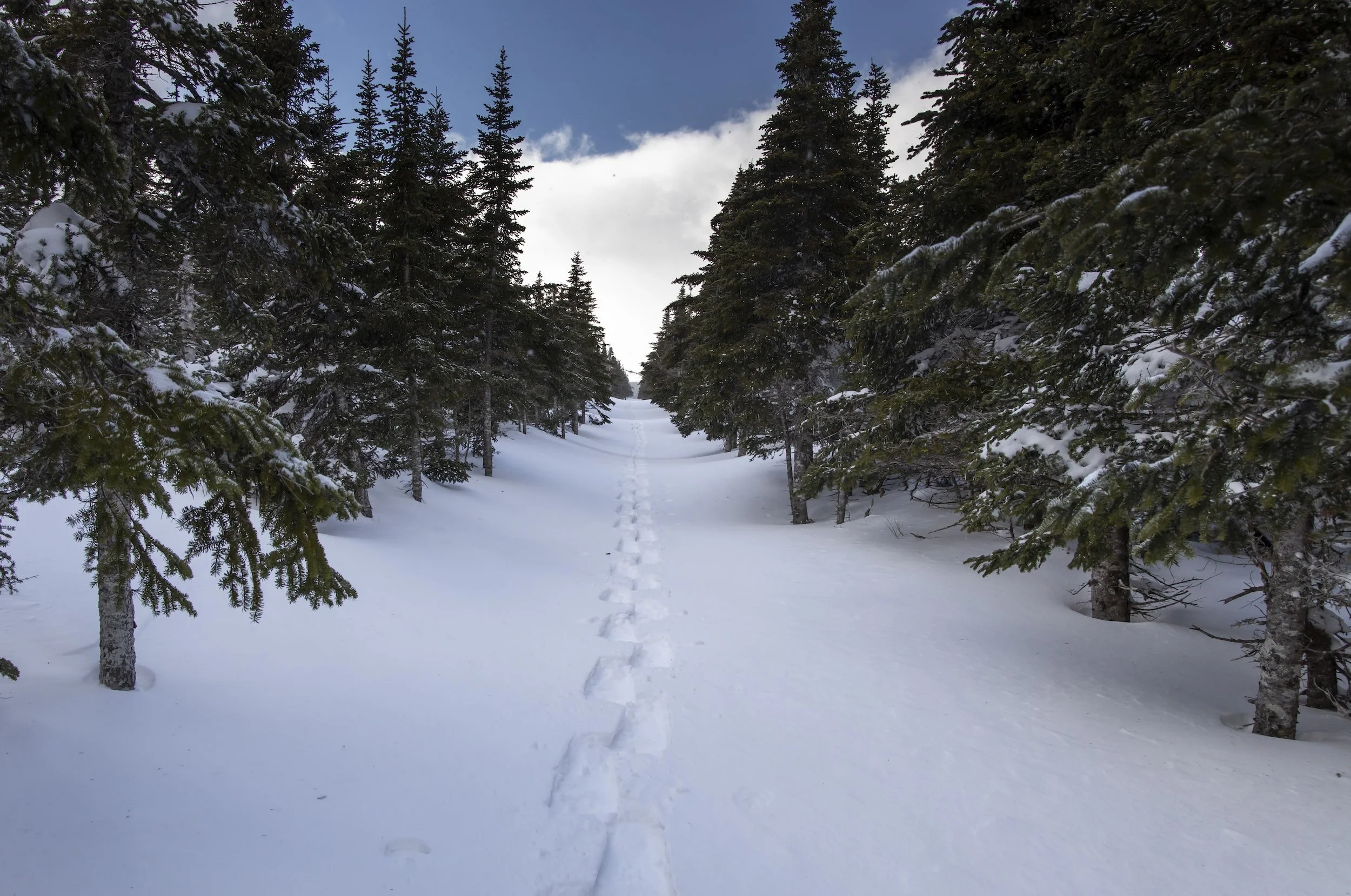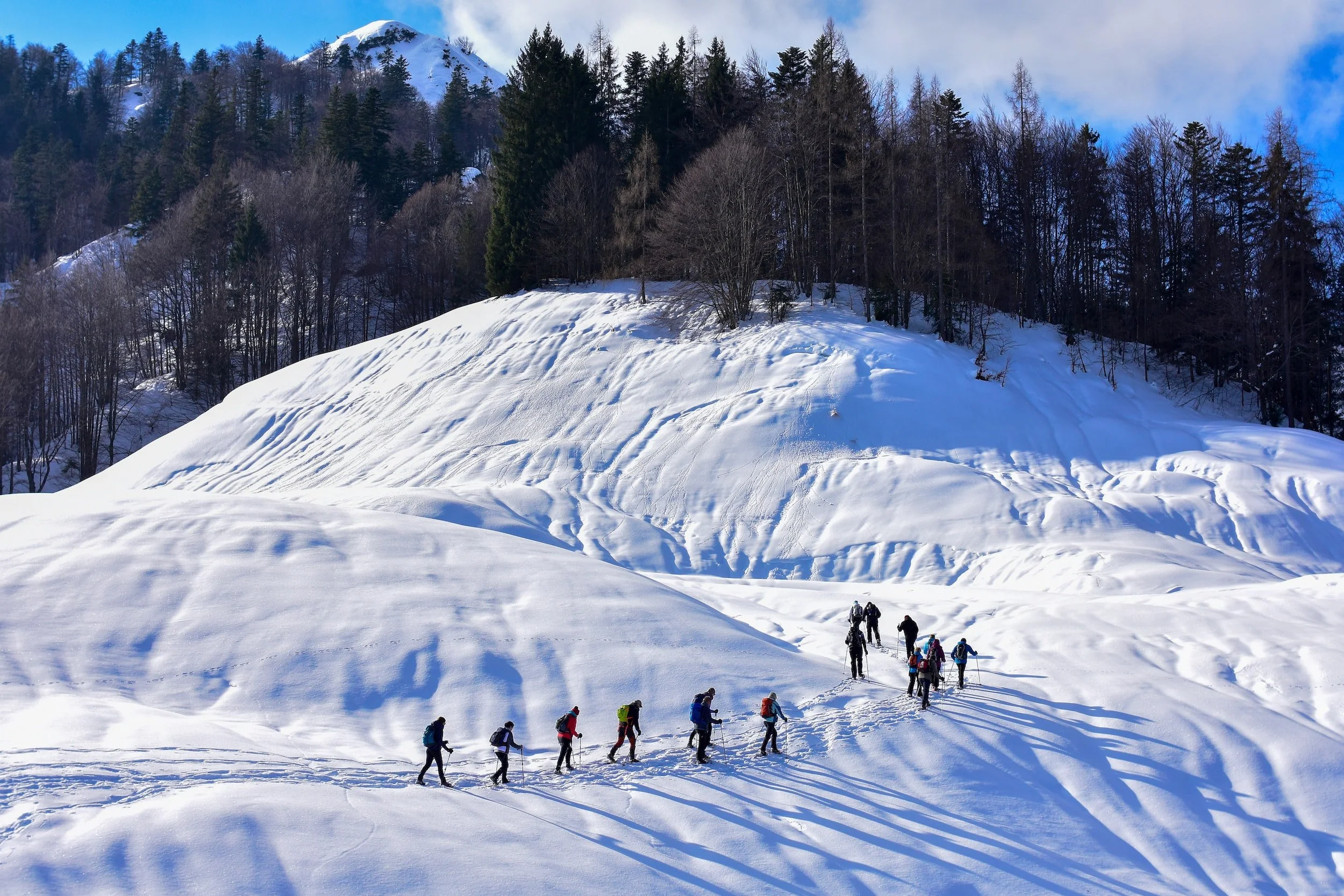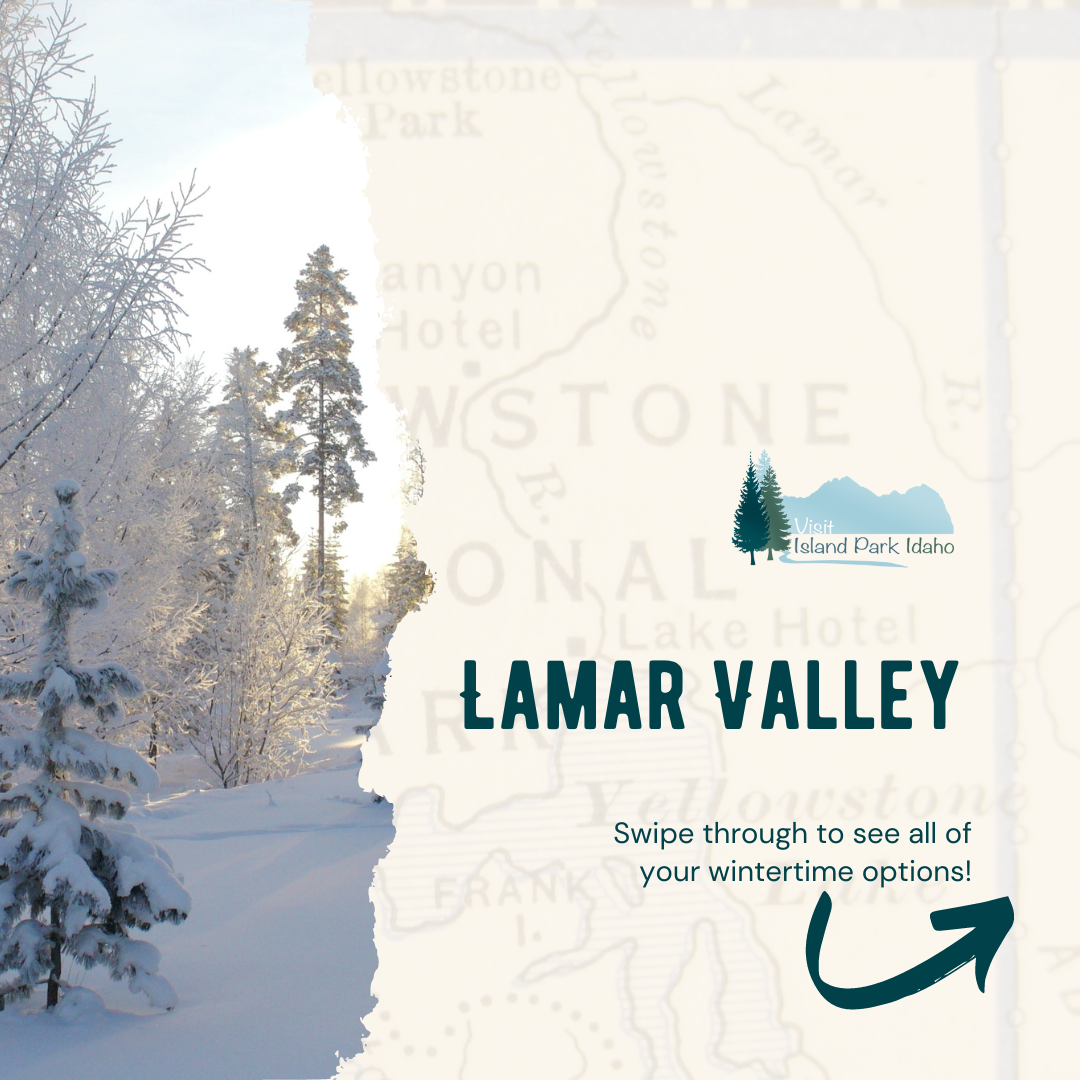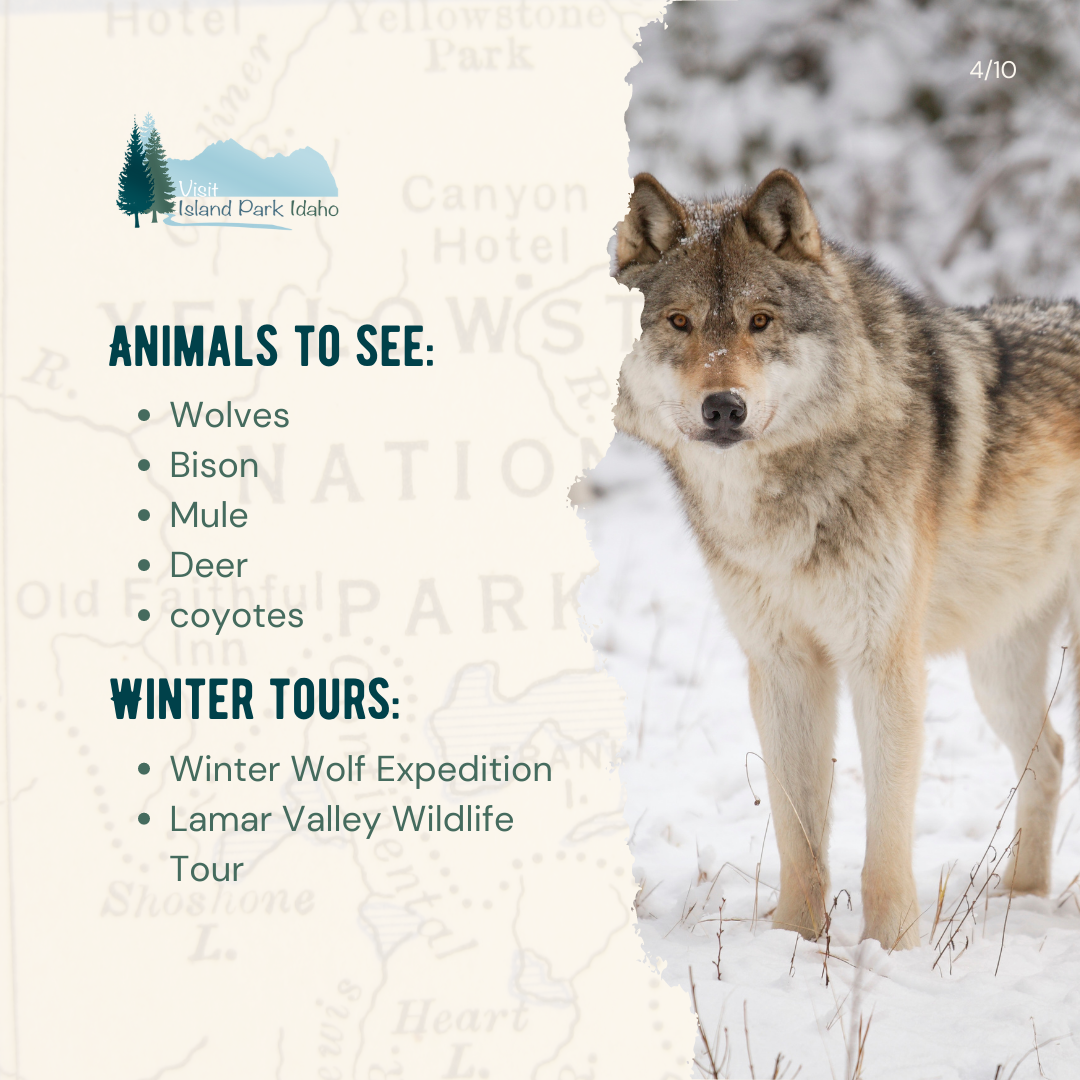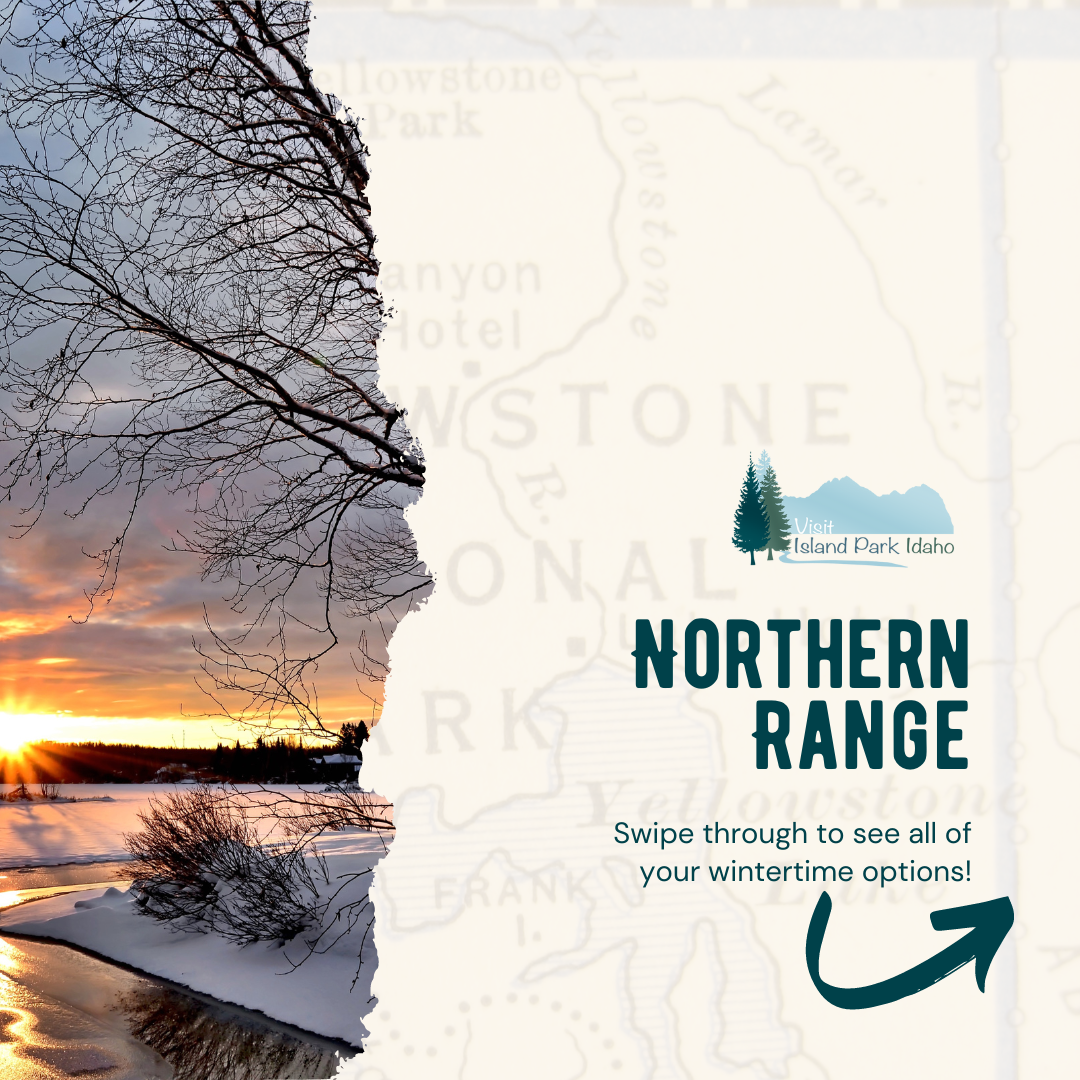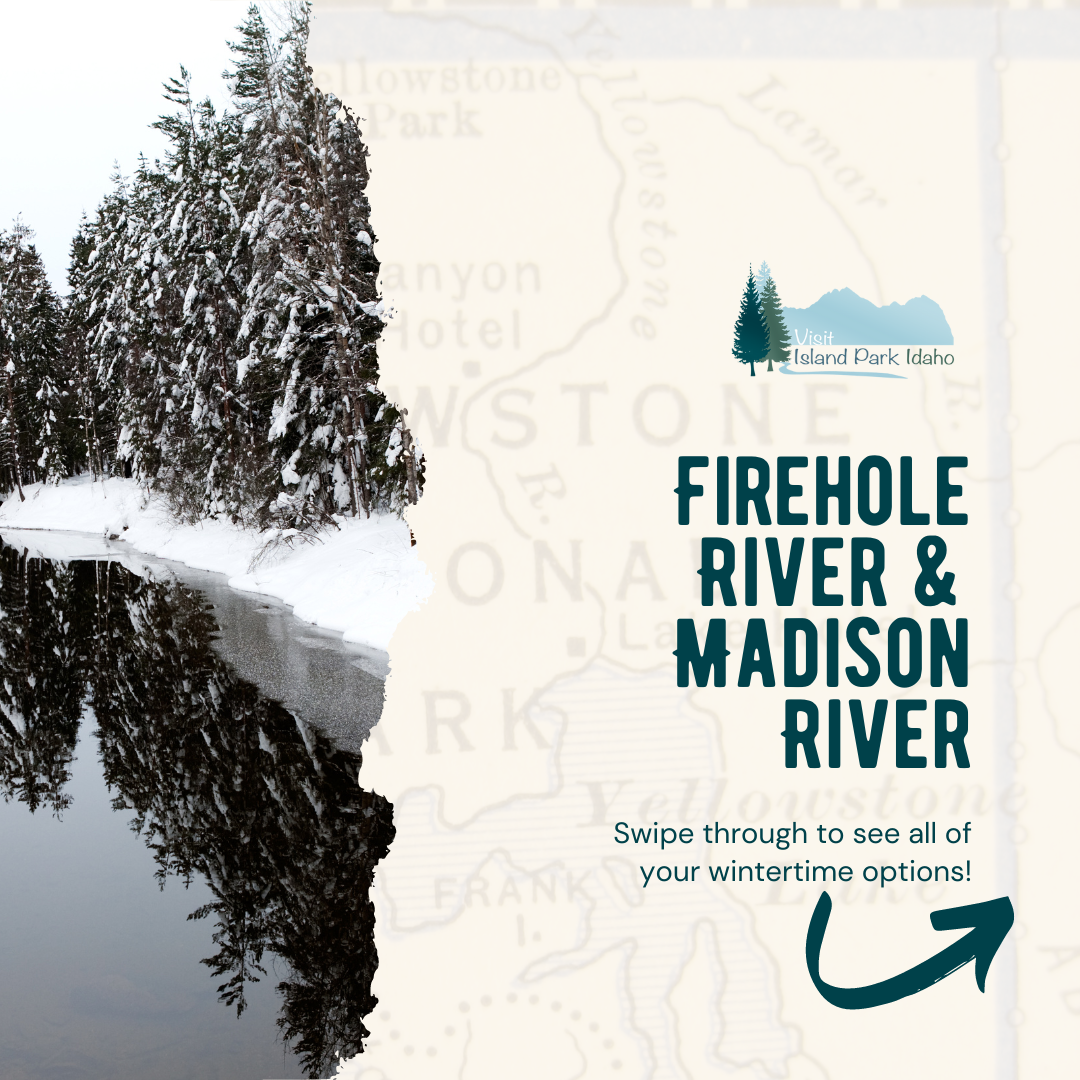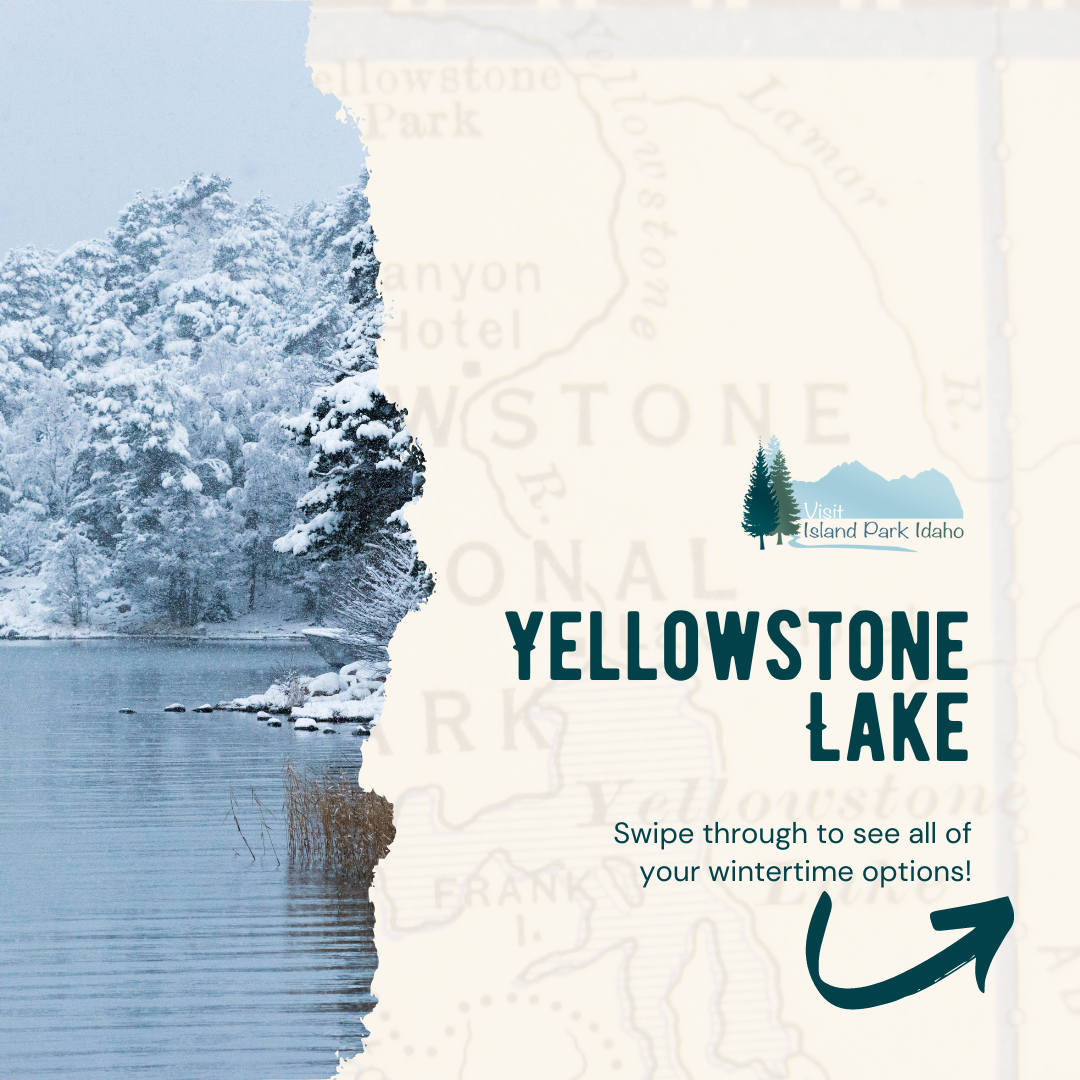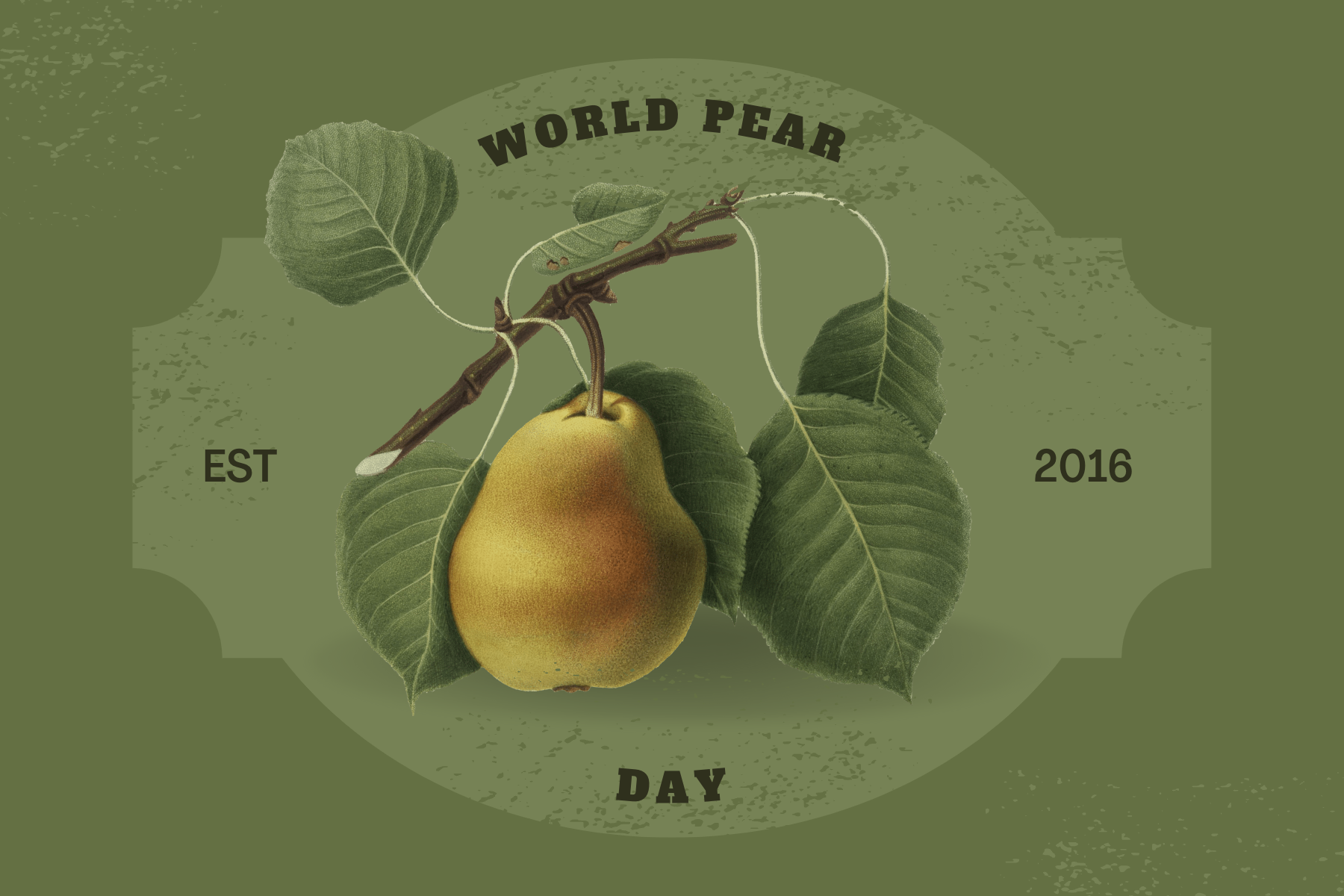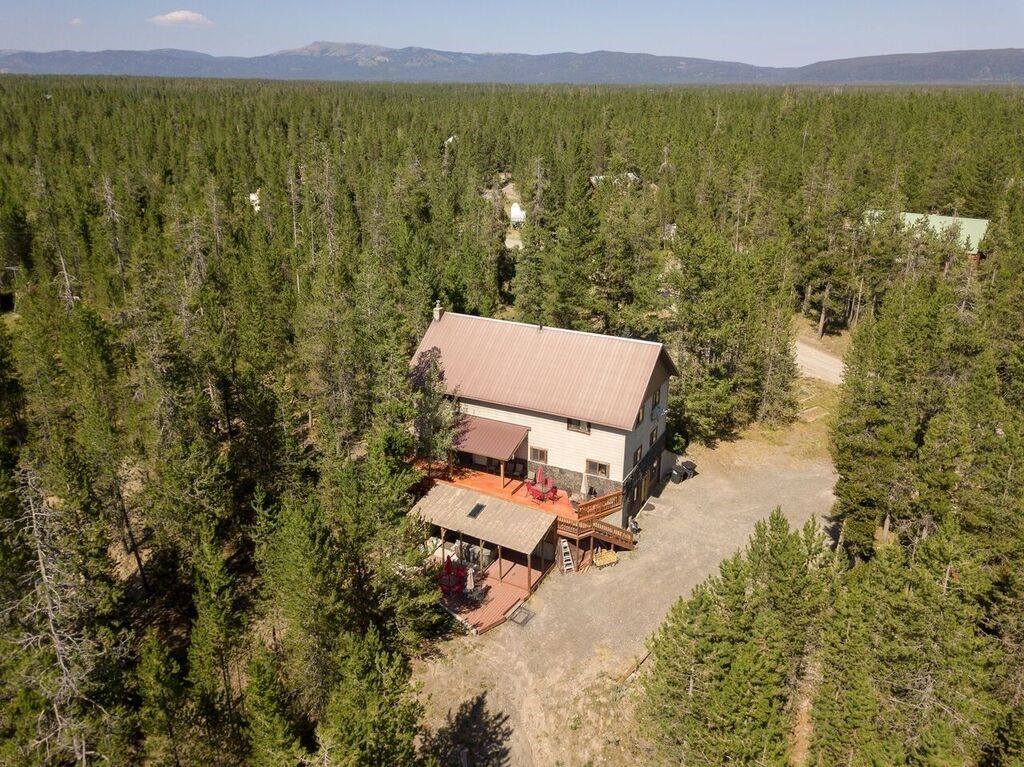Old Faithful Geyser and Old Faithful Inn
One of Yellowstone’s most iconic landmarks – both the Inn and the geyser. There is a great visitor’s center there as well and a great spot to check out the interior of the Inn and grab an ice cream.
Watching the geyser is best from the front rows so arrive 20-30 minutes early to get the best spots. You can also arrive early enough that you can hike to the upper look-out which is a strenuous hike, but worth the perspective of watching the geyser go off from above surrounded below by many colorful people.
Note: There is an app I recommend for approximate geyser eruptions. The app is NPS Geysers. They have not been updating this in recent months, but hopefully they will during the coming summer. It’s great to plan your outing in this area around eruption times.
Old Faithful Inn was built in 1903 and is one of the oldest lodges in Yellowstone. It is the largest log structure in the world and the interior is truly impressive. There are tours of the lodge and run several times a day. You can simply make a reservation upon your arrival. Go inside and look up, it really is amazing.
I highly recommend spending some time walking around the geyser basin near Old Faithful. There are some cool geysers (details below).
Upper Geyser Basin and Morning Glory Pool
Upper Geyser Basin is home to Old Faithful and contains 25% of the world’s geysers. There are lots of walking paths passing many geysers and thermal features. Make sure you take some time to explore this area. I suggest you hike until you reach Morning Glory Pool which has amazing colors. Along the way you might be lucky enough to see one of the many geysers erupt. Castle Geyser is one of my favorites and so is Daisy. A twenty-minute walk from Old Faithful and there is hardly anyone around, 40 minutes and you have the place to yourself.
Lamar Valley
Lamar Valley is one of our favorite destinations to watch abundant wildlife. It is home to antelope, bison, wolves, moose, bears, etc. It is often overlooked because of its remote location – that is probably why we like it so much. The landscapes are amazing. If you have the time, drive past Soda Butte toward the Northeast Entrance and beyond. You’ll be rewarded with stunning mountain views.
If you are in the mood for a short hike, you can hike up to Trout Lake which is off to your left as you head out of Lamar Valley up Soda Butte Creek.
The Lamar River is one of our favorite fishing spots, but to be successful catching the abundant Yellowstone Cutthroat, you will need to hike. The further off the road you can get, the better the fishing will be. We recommend the trail from where the Lamar and Soda Butte Creek join, then up the Lamar. We go back about four miles toward Cache Creek, and you will catch more Native Yellowstone Cutthroat trout than you ever imagined. Keep in mind the river blows out quickly in storms which shuts down the fishing. Look up the valley and if it looks like rain, don’t bother hiking. Watch for bears and carry your bear spray.
Grand Canyon of the Yellowstone and Yellowstone Falls
There are several lookouts to see Yellowstone Falls. You can visit both sides of the canyon – the North Rim and the South Rim. Both sides are accessible by car or foot.
Uncle Tom’s Trail has you climbing down 328 steps to get a view of the Lower Falls. The Lower Falls can also be seen from Artist Point which is the most photographed. You can easily access the viewpoint by parking and walking on the paved path.
Brink of the Lower Falls is not for those who have a fear of heights! It is also a strenuous climb down a switch-backed trail. You will descend 600 feet in 3/8 of a mile. Once down the path, you have a view of the falls crashing into thin air right below your feet! It’s an incredible view.
Any of these locations is a great place to take a family photo and there are enough people around that someone is always happy to snap a quick photo of your group. Don’t be shy about asking for help.
Hayden Valley
Probably the most popular place to see wildlife in Yellowstone. This is where bison really love showing tourists who is in charge. Buffalo jams are common in this area. Remember, bison are dangerous, and you should never approach them, touch them, or otherwise antagonize them. It always surprises me how many visitors to the park are injured by getting too close to bison. Please don’t be one of those people. We like our guests.
Mammoth Hot Springs (Upper and Lower Terraces)
Another truly unique area of Yellowstone. It is completely different than any other place in the park. You’ll find a large variety of thermal features, very different from the Upper or Midway Geyser Basins.
There are two main areas of Mammoth the Upper and Lower Terrace, both are worth a walk around. I especially like the Upper Terrace as the thermal features are unusual.
The Visitor’s Center and Store are fun places to stop and browse. The artwork in the Visitor’s Center Museum is alone worth the stop.
Yellowstone Lake
Yellowstone Lake is the largest high elevation late in North America. The water temperature is too low for swimming without risking hypothermia. The lake is best explored by boat and Lady of the Lake makes twice daily excursions.
The historic Lake Hotel has a nice upscale restaurant if you have the time. Make sure you visit the West Thumb Geyser Basin (see below) for more information.
You can hire a fishing guide and fish for Lake Trout which are an invasive species and are being eradicated to protect the native cutthroat population.
West Thumb Geyser Basin
One of the smallest geothermal areas of Yellowstone, West Thumb Geyser Basin is not to be missed. Located on the western side of Yellowstone Lake, it offers a good view of the lake and has some interesting thermal features including some that are in the lake itself. Abyss Pool is here, and it is the deepest hydrothermal pool in the park.
Norris Geyser Basin
Norris is not one of the best places in Yellowstone, but it shouldn’t be missed. Ideally, you should see this before you go to Upper and Midway Geyser Basins. If you see it first, it will impress you more.
The hottest geyser basin in Yellowstone. There are two basins, and they couldn’t be more different than each other. The star of this area is Steamboat Geyser which regularly spits water up to 40 feet. It is an area of the park that is constantly changing, and you never know what you’ll find.
Mount Washburn
Hiking up to the top of Mt. Washburn is considered one of the best things to do in Yellowstone. The views from 10,243 feet are incredible and if you are lucky, you might see some Big Horn Sheep.
There are two trails leading to the top. The main trail starts at Dunraven Pass and is about 3.2 miles. The second option is Chittenden Road Trail that follows a nice wide service road to the top. This trail is 2.5 miles one way and is easier to hike, but the views along this route aren’t as impressive.
Check the road closures when you enter the park or ask the ranger when you go through the booth. They are good sources of information like, latest bear sightings, closures, etc.
Carry lots of water and snacks on the hike.
Tower Falls
One of the most beautiful waterfalls in Yellowstone. It is worth a short stop. You can’t see the waterfall in all its glory anymore because they do not let you hike to the bottom of the falls like they used to, nevertheless, it is still beautiful.
They have had this section of the road closed for a couple of years now, so check road closures to get the latest information.
Boiling River
Boiling River’s parking lot is where the Gardiner River crosses the road when you go down the grade from Mammoth to Gardiner and cross the 45th Parallel (there is a sign). Park on either side of the road, but the trail is on the upstream side of the bridge (or the right side of the road) if you are heading toward Gardiner.
This is one of the few areas of the park you can soak in hot water. This is because it mixes with the Gardiner River. The last two years it has been closed because of COVID and it is usually not opened until after the 4th of July because of high water. Frankly, the park uses every possible reason they can to keep Boiling River closed.
The trail is easy and flat. Boiling River is best accessed with river shoes (or tennis shoes you don’t mind getting wet). There is a changing room at the parking lot.
Firehole Lake Loop
Firehole Lake Road is a three-mile, one-way road off the Grand Loop between Old Faithful and Madison. Geysers and hot springs are visible from the road and boardwalk.
Great Fountain Geyser is one of my favorites and it is especially beautiful at sunset – photo at right.
There is a boardwalk that you can use to walk around Firehole Lake itself which is fun to walk through the plumes of steam on a windy day.
White Dome Geyser is another fun one, especially if there is a storm brewing behind it. The contrast makes for great photos.
The drive is not open to buses or RVs, so you pretty much have it to yourself with a car.
Fairy Falls
One of Yellowstone’s highest waterfalls. There are two ways to get there. One is to use the same parking lot as Grand Prismatic Spring and hike the 5.4-mile easy round-trip hike or park at the end of Fountain Flat Drive for a 10-mile roundtrip hike.
